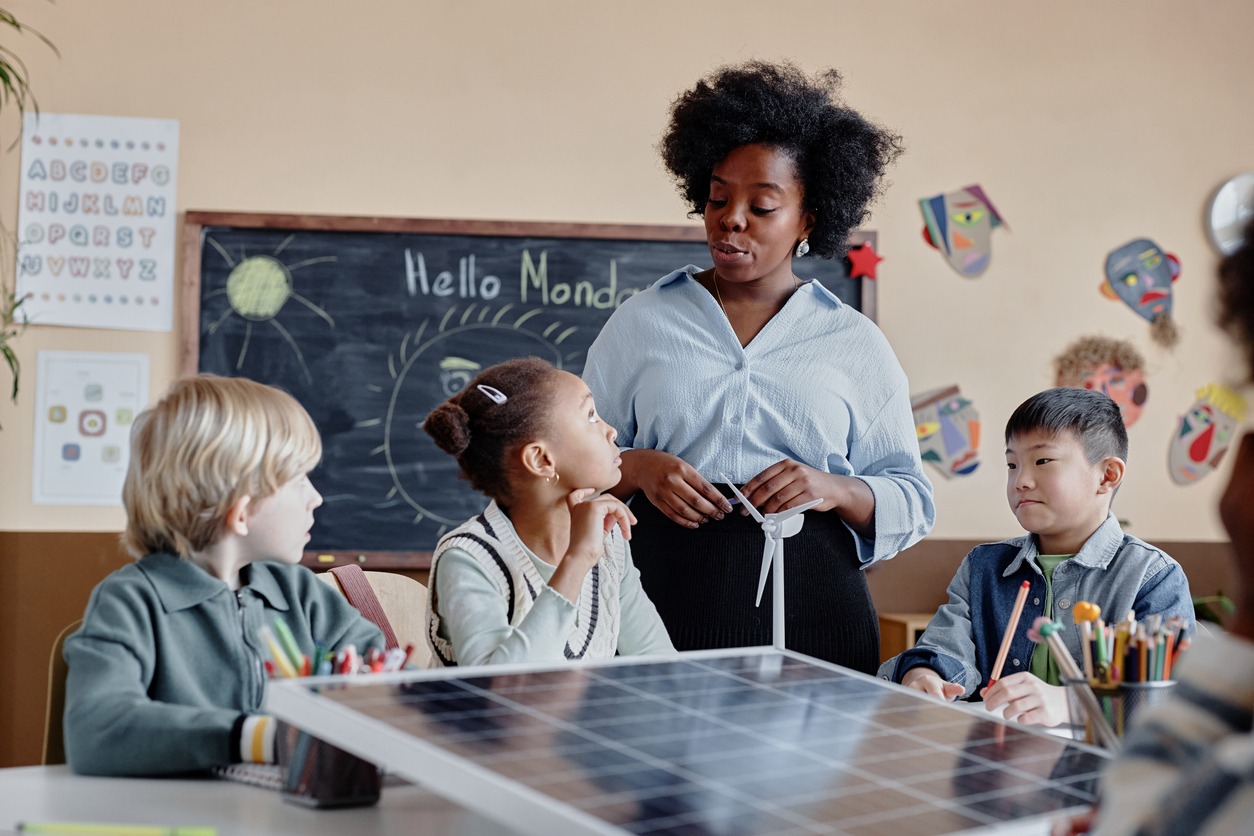As sustainability efforts gather momentum, schools are spearheading eco-friendly practices, often in inventive ways. Learn how the next generation is both inspiring and being inspired by green initiatives, with examples of schools leading the way. You can help support these innovative causes to be part of the movement toward a healthier planet.
1. Energy-Efficient Classrooms
When institutions embrace low-energy lighting and appliances, the results are powerful. In 2024, the Woonsocket Education Department in Rhode Island invested in LED lighting and controls for six of its campuses and will save an estimated $2 million over the equipment’s lifetime.
Similarly, IDEA Public Schools in Texas replaced faulty sensors and optimized energy schedules, gaining Energy Star certification for four of its sites and saving an estimated $115,000 in eight months.
2. Climate Resilience
A rise in wildfire impacts and other natural disasters has highlighted a need for better climate preparedness in educational institutions. California has become the first state to implement a new National Schoolyard Forest System. This project plants trees, aiming to provide shade to at least 30% of each school’s property by 2030, prioritizing districts in underserved communities. This will provide children with much-needed respite from the heat.
In San Jose, California, the Franklin McKinley School District has created a resilient green microgrid to support its institutions during natural disasters.
3. Sustainable Playgrounds
Improvements in playground design center around using equipment made from sustainable wood or recycled, non-toxic materials. Playground decking can be made from composite materials, mixing reclaimed timber with recycled plastics.
Rubber mulch is becoming a popular option for playground surfacing. Made from recycled tires, it diverts waste from landfills and improves safety with its shock-absorbing properties.
4. Waste Reduction
Many campuses now focus on minimizing waste. They often play an active role in litter reduction in their neighborhood, starting with litter audits on their own grounds. Additionally, students routinely learn about reducing, reusing and recycling in their lessons, and what they learn can grow into initiatives with real impact.
Galatia Grade School in Illinois, for example, has diverted more than 100 pounds of waste from landfills by composting cafeteria waste and using it to grow vegetables in a sustainable school garden.
5. Retrofitting
While new school buildings are increasingly incorporating green design principles, older buildings can also be renovated sustainably. New construction can take decades to pay back its environmental cost, but careful retrofitting cuts existing embodied carbon costs, making a difference in the here and now.
6. Solar Energy
By 2023, almost 9,000 American schools had adopted solar power, serving six million students, a fourfold increase in a decade. This change is still gathering momentum across the country and around the world, with campuses seeing exceptional results for themselves and their communities.
For example, the village of Wildpoldsried in Germany produces five times more energy than it consumes, and the primary school’s solar panel installation is a major contributor to that.
7. Water Conservation
Schools are conserving water by using water-efficient dishwashers, repairing leaks promptly and installing rainwater harvesting systems. A student-led water audit at Anthony Rossi Elementary School in Vineland, New Jersey, upgraded two restrooms, which has led to an estimated 22,000-gallon annual reduction in water consumption.
8. School Gardens
Gardens in schools promote environmental stewardship in children and benefit students’ mental and physical well-being. Growing their own vegetables also helps students learn about food waste and enhances many areas of the curriculum.
Supporting Greener Schools
As educational establishments worldwide embrace sustainable practices, they are not just protecting the planet — they are leading by example and creating healthier, more inspiring places for students to learn and grow.
From energy-efficient classrooms and sustainable playgrounds to water conservation and environmental stewardship, each of these eco-friendly practices adds up to a brighter future. By supporting these efforts, you can help make schools and communities greener for generations to come.
Source link
Mia Barnes biofriendlyplanet.com


